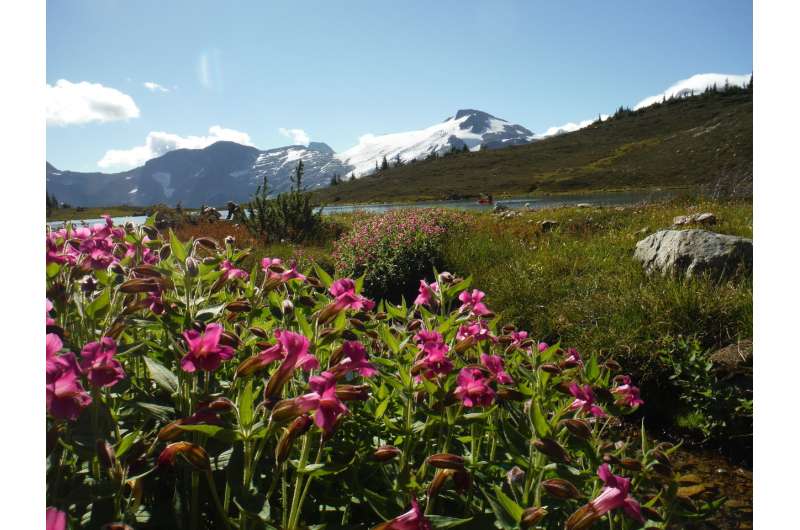Better species mapping can improve conservation efforts, study finds

The scientific models that ecologists and conservation biologists rely on to determine which species and habitats to protect lack critical information to help them make effective decisions, according to a new study.
Angela Strecker, an environmental science professor at Portland State University and the study's co-lead author, said that species distribution models can help predict all the places where a given species could live based on their environmental preferences, and using these models can help target conservation efforts to areas where they would have the most impact. They can also be useful in predicting where non-native or invasive species may spread.
"There's limited dollars and opportunities for conserving land and water, so we want to make sure we're getting the most bang for our buck," said Strecker, who co-led the study with a researcher from Bryn Mawr College. "To do that, we often need to rely on the results of these distribution models, but they're biased in terms of not fully representing all of the diversity that's out there and not including other factors that are important."
Among the findings of the study, which analyzed more than 300 species distribution models published between 2003 and 2015:
-Species in Africa and Asia as well as in freshwater and marine ecosystems were understudied, compared with terrestrial organisms in Europe and North America
-Studies largely focused on plants, birds and mammals, with little coverage of other groups such as fish, amphibians and reptiles
-Nearly half of the studies did not take into account how climate change may affect an ecosystem and whether different species would be able to survive
-Scientists have been slow to incorporate biological factors such as the dispersal, or migration, capability of a species and its interactions with other organisms
For example, when scientists use models to map the distribution of plants, Strecker said, they also need to consider the species such as birds and hummingbirds that pollinate them.
"If the animals aren't there to pollinate the plants, then the plants won't survive," she said. "No organism is isolated from any other organism. It's missed opportunities to provide more global conservation relevance."
More information: Sydne Record et al, Does scale matter? A systematic review of incorporating biological realism when predicting changes in species distributions, PLOS ONE (2018). DOI: 10.1371/journal.pone.0194650
Journal information: PLoS ONE
Provided by Portland State University




















